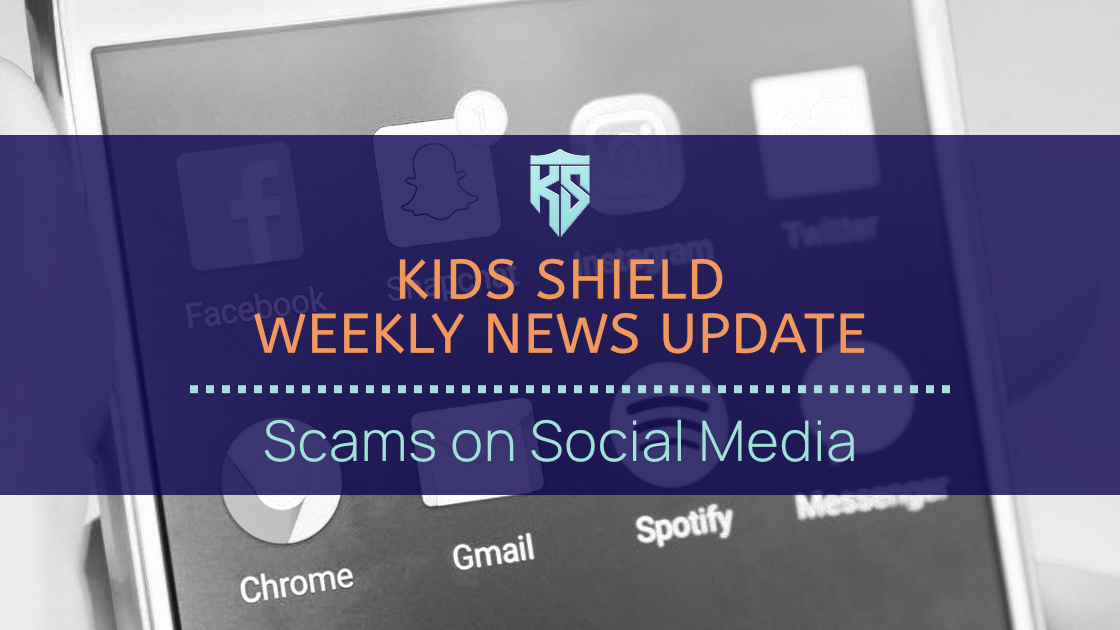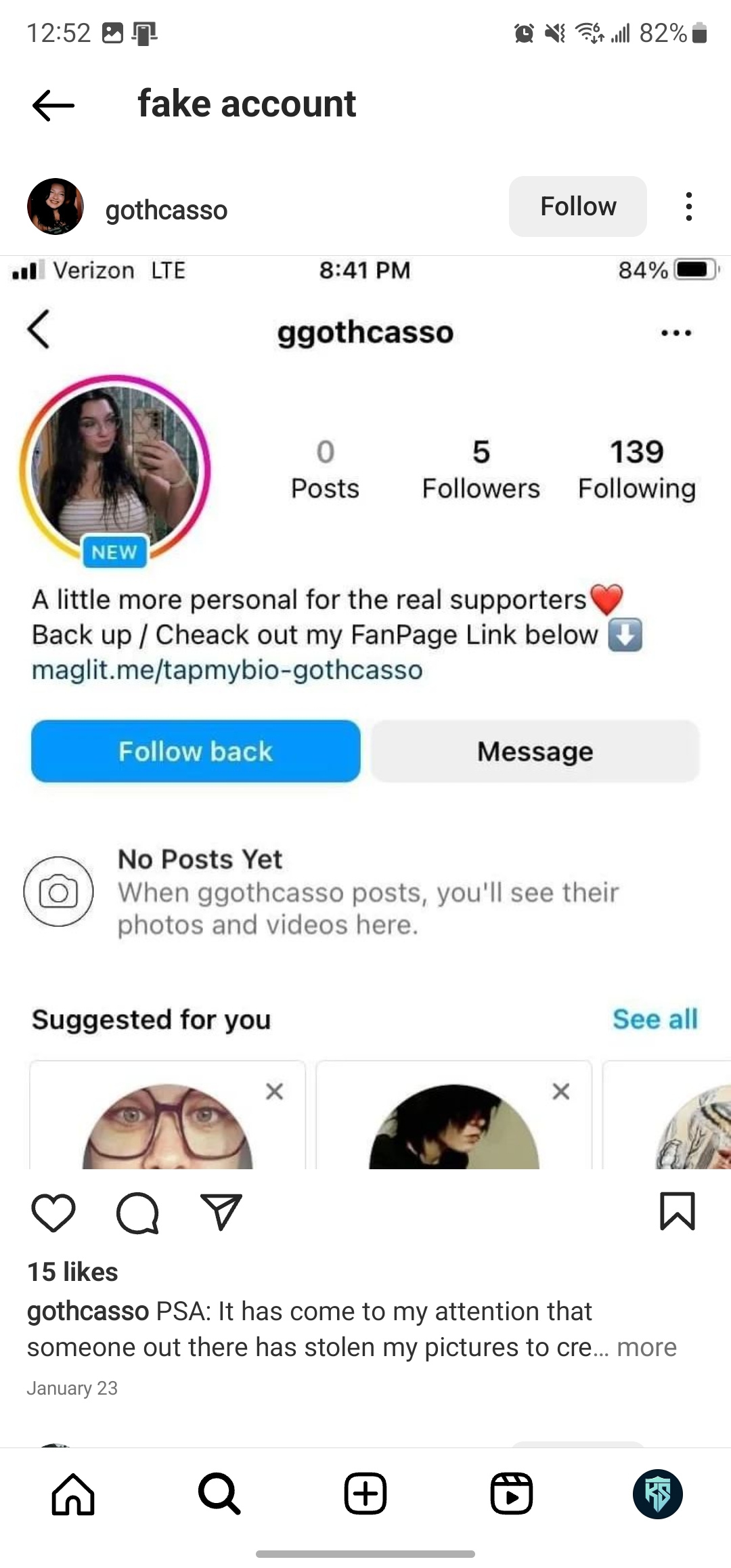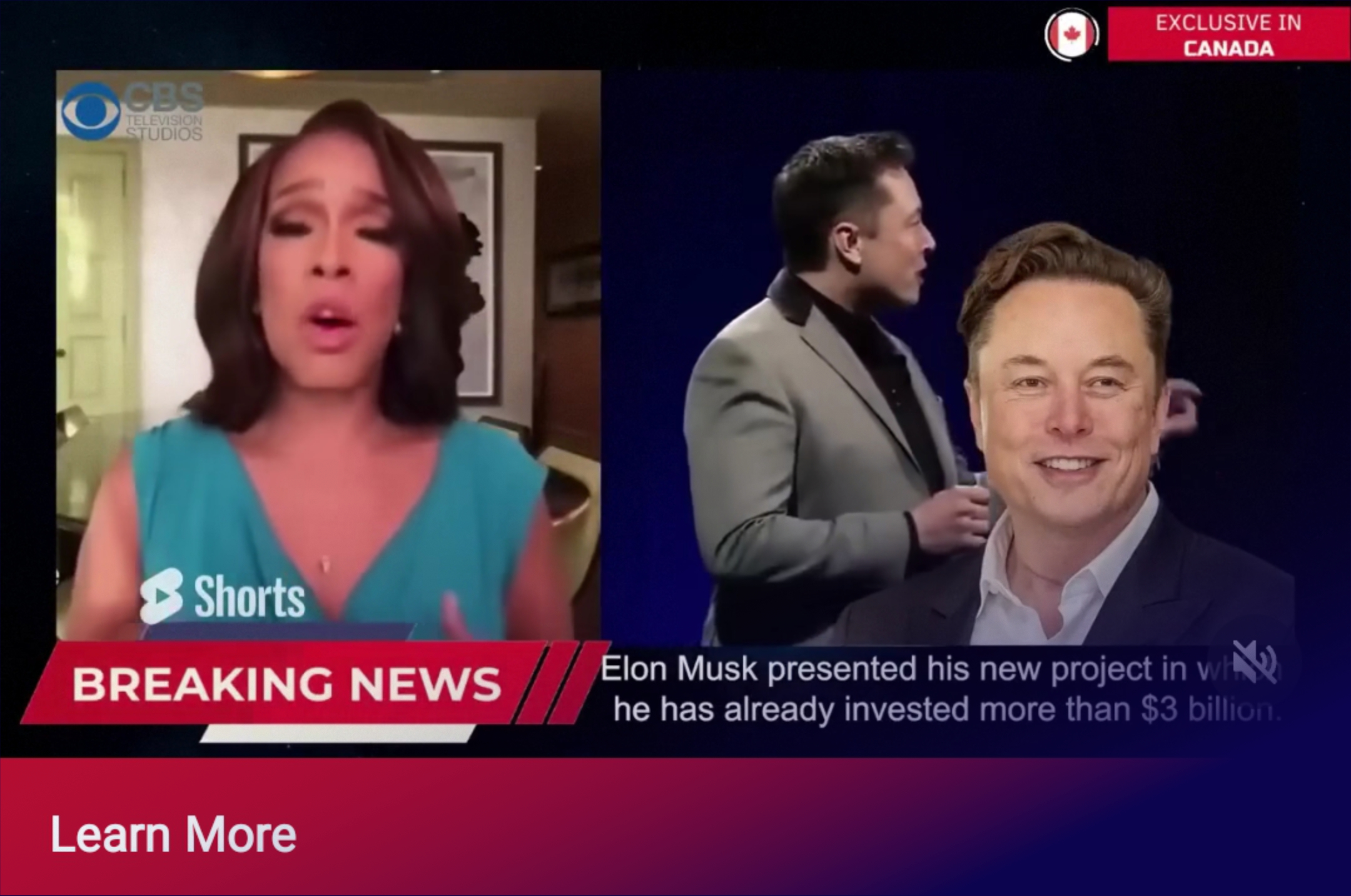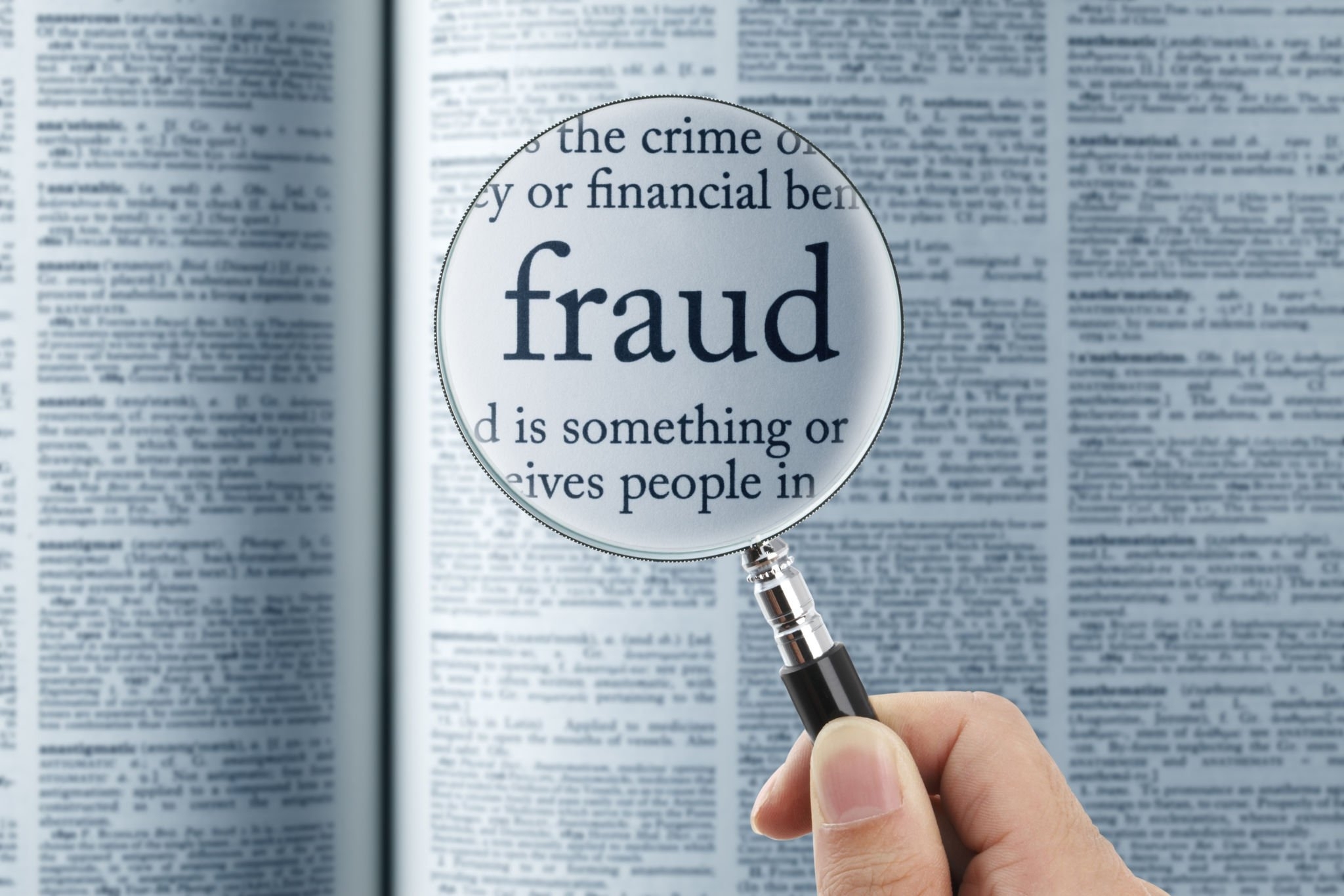
We are seeing more and more fake news reports are being created by cyber scammers to promote the phony quantum-ai cryptocurrency scheme and other cryptocurrency scams in Canada.We are seeing more and more fake news reports are being created by cyber scammers to promote the phony quantum-ai cryptocurrency scheme and other cryptocurrency scams in Canada.
They are using fake Instagram accounts are constantly pushing fraudulent cryptocurrency schemes with fake personalized advertisements to trick young people into phony crypto investments.
As well as fake adverts, scammers will send unsolicited direct messages from fake accounts, or accounts pretending to be celebrities. they'll try and develop a relationship with you and they will casually mention that they have made lots of easy money through some kind of crypto investment. Then they will talk you into investing a small amount of money - typically a couple of hundred dollars - then they will show you a fake account balance to show you that your initial investment has made lots of money and try and talk you into investing more.
"If you hear from anyone that you don't know who's contacting you through a social media app or by text, immediately believe that this person is out to take something from you, out to scam you," says David Harrison, an investor education and communications officer with the Nova Scotia Securities Commission. Most Canadians are unaware that to legally operate in Canada, a crypto trading platform must be registered with securities regulators, so you can check online if a crypto trading platform is registered with the CSA. that means regulators in Canada have oversight of them, to make sure they're abiding by rules and regulations.
Spotting Fake Accounts
With the increase in fake accounts on social media promoting convincing online scams and phishing for our personal information, we need to educate ourselves and our children on ways to spot them.With the increase in fake accounts on social media promoting convincing online scams and phishing for our personal information, we need to educate ourselves and our children on ways to spot them.

- Check the photos… a sign of a fake account is if the person in the profile picture is different to the person in the posts. check if any of the photos are tagged - most real people will tag friends or family in group shots. if the images look too perfect or generic it might be a sign of a stock photo. learn how to do a reverse image search on your phone to see if the pictures come from a stock photo site.
- Look at the bio… if it is vague, has spelling or grammatical errors, or there isn't any information it could be a fake account. Some things to look for include instructions to like a different account, only having emojis, or generic short bios.
- Check the numbers for the account's followers and following… an account that only has a few followers is a red flag, and an account that is new and has tonnes of followers is an even bigger red flag. It is very easy to buy fake followers for social media accounts and many scammers do so to make themselves appear legit.
- Another sign of a fake account is if the account's posts are low quality, repetitive, don't fit the theme of the account or if they have very few likes and comments despite having a lot of followers.
- Always be suspicious if you receive urgent requests or aggressive messages from accounts that appear to be celebrities, friends, or family members. Scammers often try and impersonate somebody that you know, so if you're unsure if a message is genuine, reach out to that friend through a different communication method.

Spotting Fake Adverts
Now you've learnt some ways to spot fake accounts, here are some ways to spot fake adverts on social media. Now you've learnt some ways to spot fake accounts, here are some ways to spot fake adverts on social media.

- Check the source and find out who posted it. Check the name of the account that posted the ad… if it looks unfamiliar or suspicious and looks like a fake account, then it's more than likely a fake advert.
- Check the URL of the website where the ad is directing you to see if it matches the real website of a real company or organization.
Often fake adverts will pretend to be a legitimate business like Forbes, but will be using an unusual or different URL - a long jumble of numbers or letters is a clear indicator of a fake advert.
- Avoid engaging with any advert that has strange formatting, unusual or poor-quality images or videos, bad and robotic audio, bad acting, poor grammar, spelling mistakes, or anything that seems too sales-like or sensational. Often fake adverts will hire amateur actors and pretend to be from legitimate news outlets, so you should always verify from alternative sources.
- Added to that, any advert that is making unrealistic and eye-catching results or benefits, such as: "lose 30 pounds in a week", or "make thousands of dollars in a day", is almost certainly fake.
- Fake adverts don't often provide much actual information about the supposed product or service being offered, but instead will just repeatedly talk about the alleged benefits.
Look for actual product specifications, pricing, reviews etc. Does the company have a business address or contact details beyond a generic email address?
- Check the engagement of the advert, fake adverts are often created and deleted very quickly after they've scammed somebody, so they often have very low engagement rates.
If you think you've seen a fake advert on social media, use the provided tools to report them to the platforms.

What To Do If You Have Been Scammed
So, what do you do if you, someone you know, or your child has fallen for an online cyber scam?
First of all, it is really common to be scammed by fake adverts and fake accounts, so don't be too hard on yourself!
In a lot of cases it is possible to get your money back - although the process might take several weeks or months. If you paid using a credit or debit card your money is often covered by card protections, and if you use PayPal your money should be protected by its Buyer Protection policy.
You can report fraud to the Canadian Revenue Agency and Canadian Anti-Fraud Centre. Cryptocurrency scams can also be reported directly to the to the Canadian Centre for Cyber Security.
You should also report the scam to the platform where you saw it. All of the major social media platforms and search engines allow you to flag scam adverts and report fraudulent behaviour.

Scammers often target victims of fraud a second or third time with the promise of recovering money. Always do your due diligence and never send recovery money.
Finally, tell your family, friends, neighbours and co-workers etc. about your experience. You may prevent someone else from becoming a victim.

To stay up-to-date with resources and content, follow Kids Shield on social media. Make sure you are signed up for our email list to never miss out on an blog.
Be Educated. Be Connected. Be Safe.







